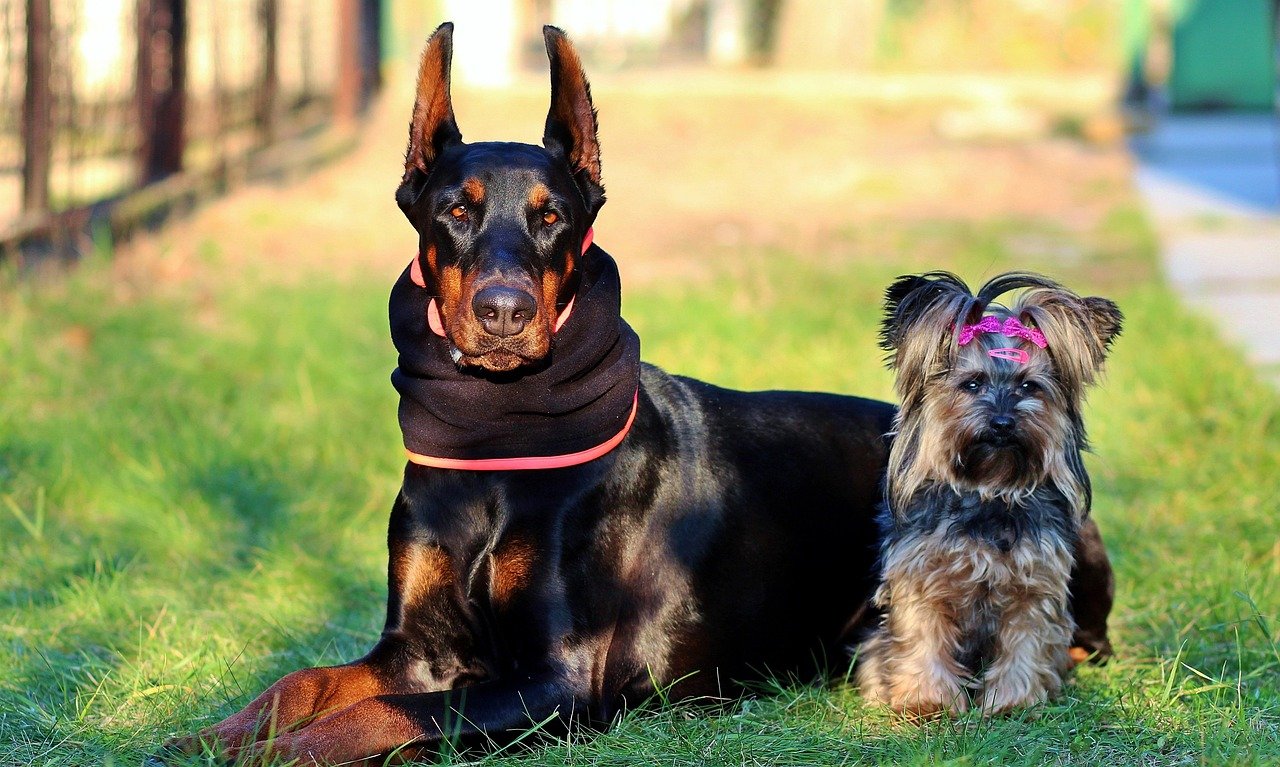Dobermans are known for their loyalty and protective instincts, but what’s really going on when they act as your personal guardian? Their protective behavior goes beyond just barking at strangers—it’s about their deep sense of responsibility and devotion to their family. From positioning themselves between you and potential threats to alerting you at the slightest unusual sound, Dobermans are wired to keep their loved ones safe. Understanding these actions helps you appreciate their instincts and bond with them on a deeper level. Let’s take a closer look at why your Doberman does what they do to keep you secure!
The Doberman’s Noble History: Born to Protect
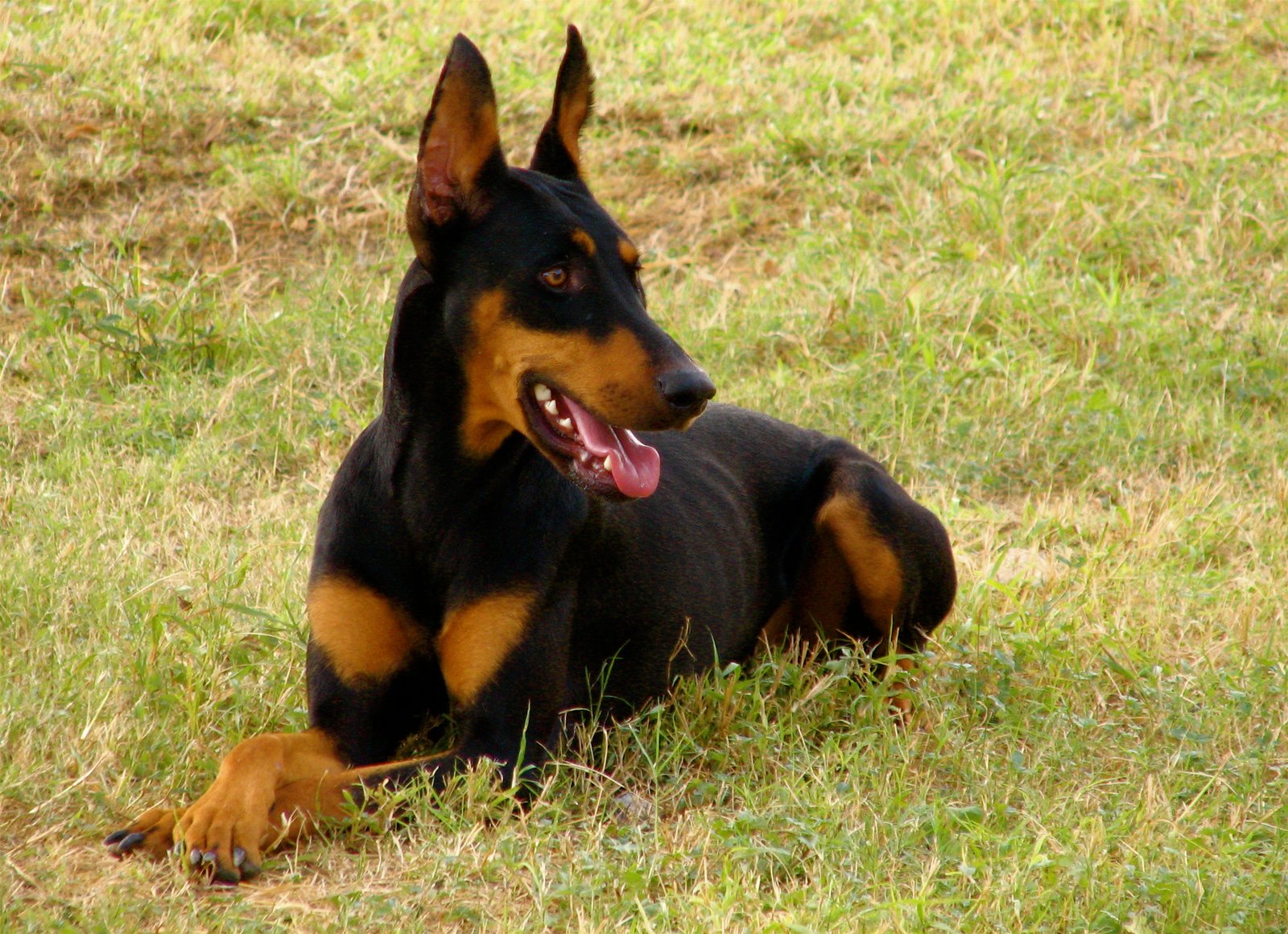
Dobermans didn’t just appear out of nowhere; their history is deeply rooted in the need for protection. In the late 1800s, a German tax collector named Karl Friedrich Louis Dobermann wanted a dog that could guard him during his risky rounds. By selectively breeding several dog breeds known for intelligence and strength, he created the Doberman Pinscher. The result was a dog that was alert, fearless, and deeply loyal. This heritage explains why Dobermans have a natural instinct to defend their family and territory. Even today, their history as guardians echoes in every action. When you see a Doberman standing tall and alert, remember: it’s not just training, it’s centuries of purposeful breeding.
Understanding the Instinct: What Drives the Doberman?
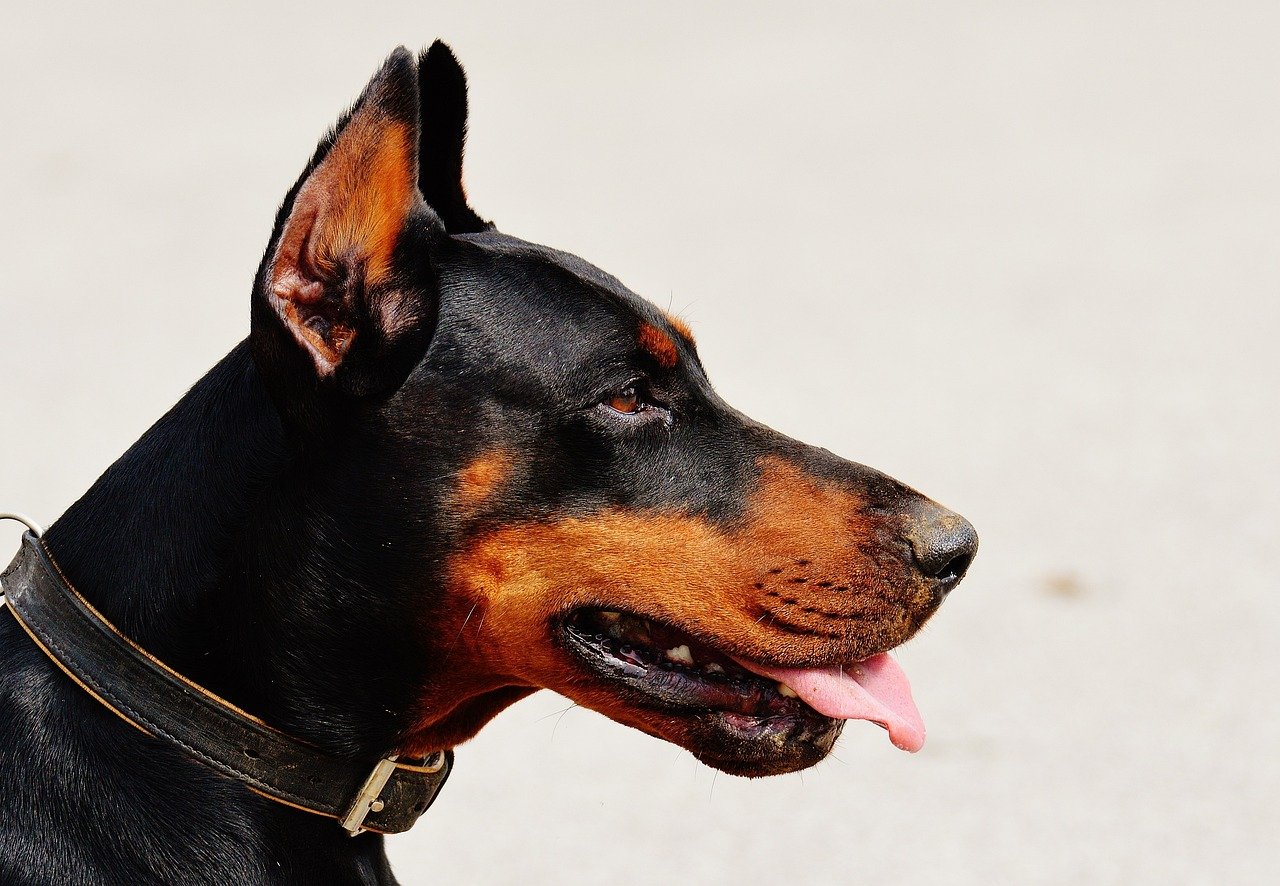
At the heart of a Doberman’s protective behavior is a powerful blend of instinct and emotion. Unlike some breeds, Dobermans don’t just react—they assess. They’re constantly reading their environment, picking up on subtle cues from their owners and strangers alike. Their protective instincts are closely tied to their bond with their family. When they sense a threat, their first reaction is often to position themselves between their loved ones and the perceived danger. This isn’t just blind aggression; it’s calculated, intentional, and often surprisingly gentle. The Doberman’s mind is like a finely tuned radar, always on alert but never reckless.
Loyalty Beyond Words: The Human-Doberman Bond
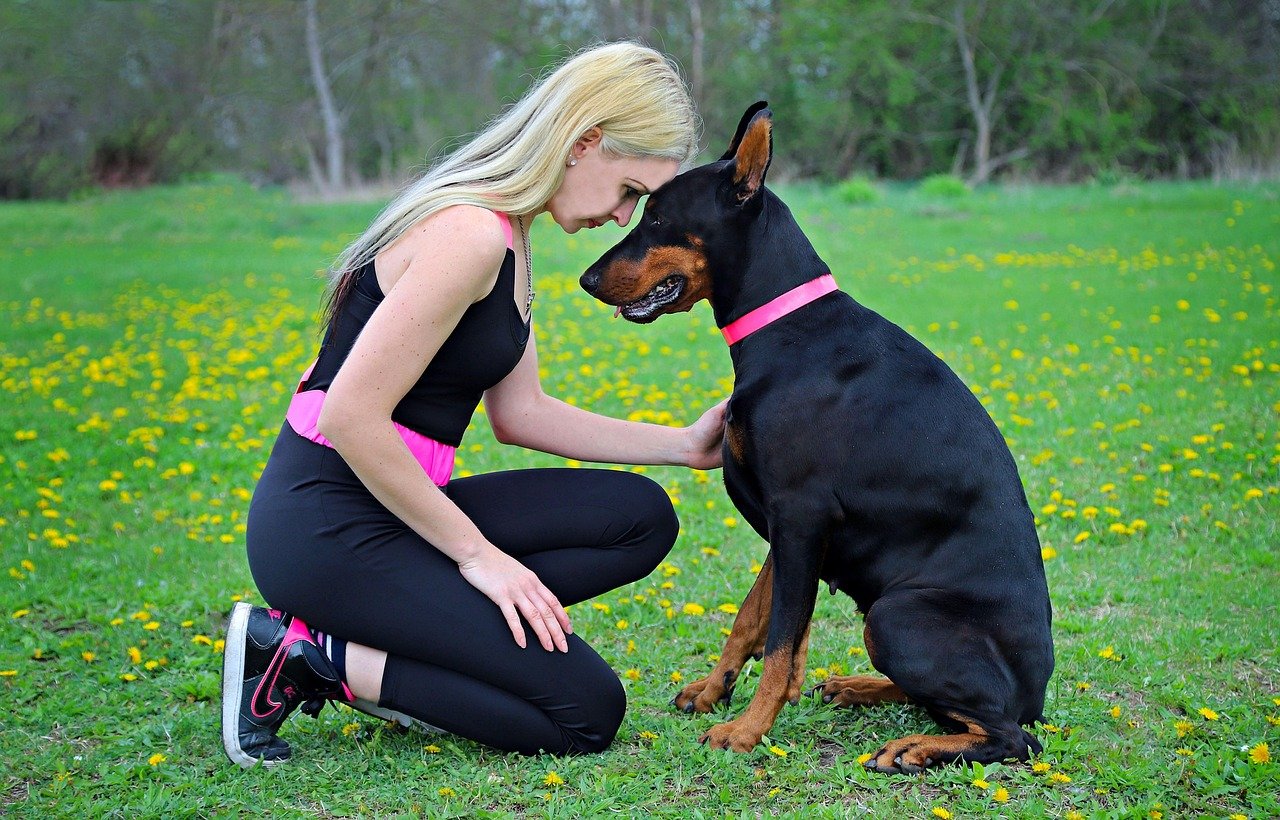
One of the most heartwarming aspects of a Doberman’s behavior is their unwavering loyalty. Owners often describe their Dobermans as “shadows,” following them from room to room. This attachment isn’t just cute—it’s the foundation of their protective nature. When a Doberman forms a close bond, they see themselves as a guardian, responsible for your safety. This means they’ll go to great lengths, sometimes risking their own well-being, to protect you. Their loyalty is not easily shaken. Even in unfamiliar situations, a Doberman’s first priority is always their family, making them not just pets, but genuine protectors.
Reading the Signs: How Dobermans Show Their Protective Side
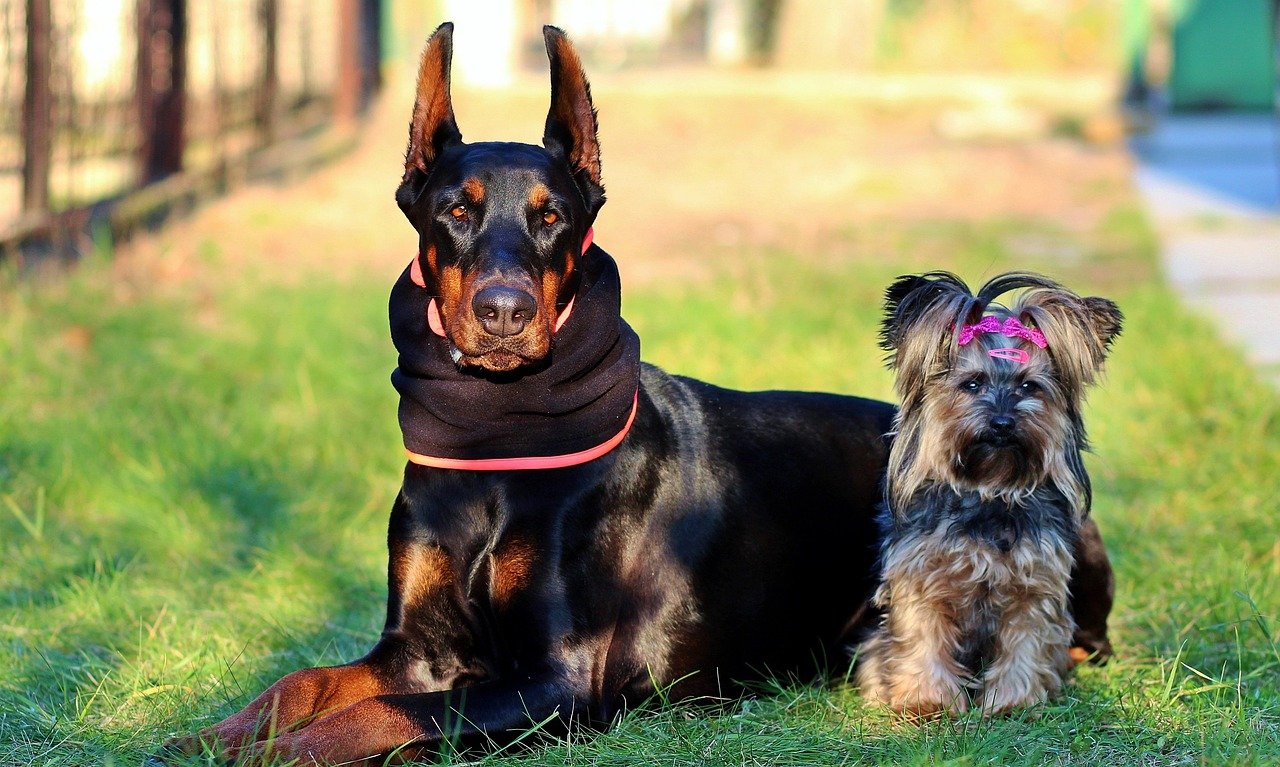
Dobermans communicate their protective instincts in many ways. You might notice your Doberman standing between you and a stranger, or simply watching the door with intense focus. They may exhibit “alert” behaviors like raised ears, a poised stance, or a low, warning bark. Unlike some breeds that react explosively, Dobermans often show remarkable restraint, using body language to warn off potential threats rather than immediately resorting to aggression. Sometimes, a simple glance from a Doberman is enough to make strangers think twice. These subtle cues are part of what makes them such effective guardians—always present, rarely overbearing.
Nature vs. Nurture: The Role of Training and Socialization
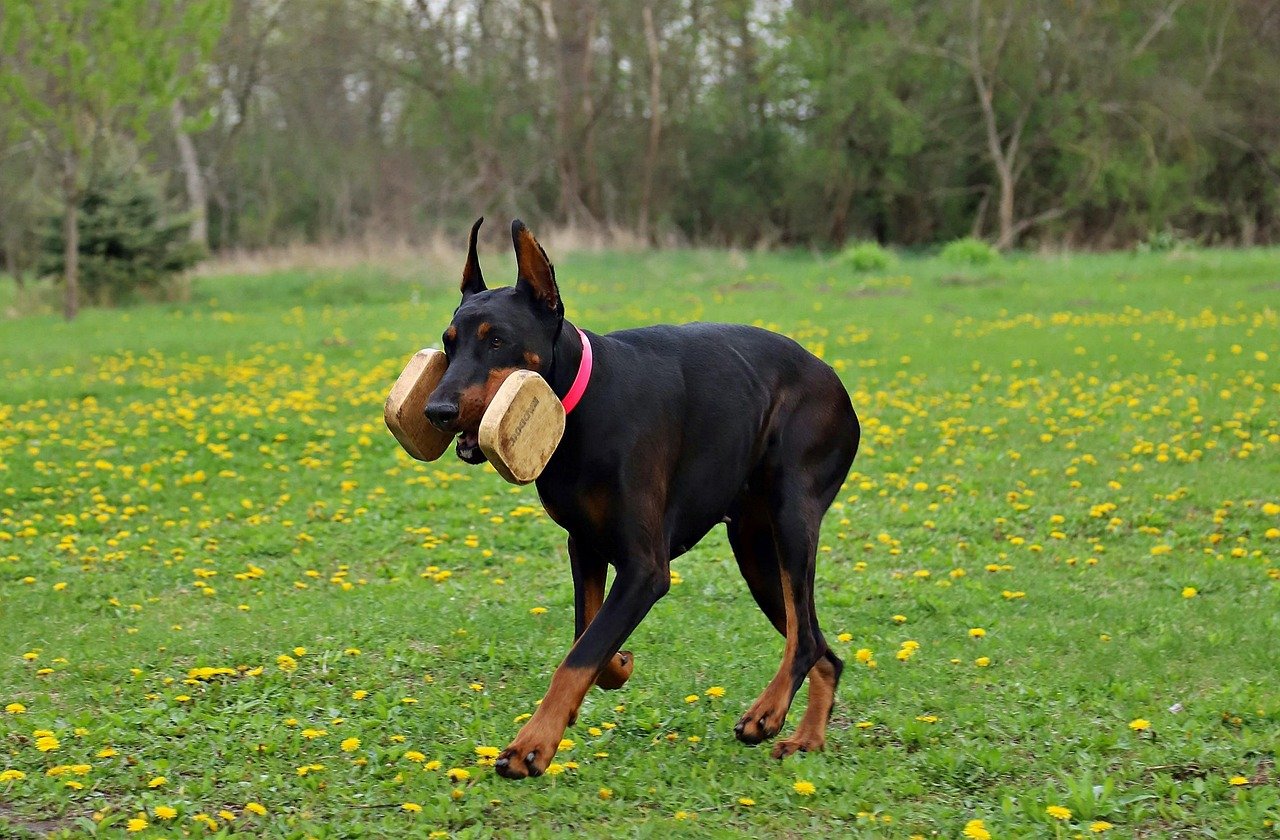
While Dobermans have a natural inclination to protect, how they express this depends heavily on training and upbringing. Early socialization is crucial for helping them distinguish between real threats and normal, everyday interactions. Well-socialized Dobermans are confident and balanced, able to relax around friends and family, yet instantly alert when something feels off. Positive reinforcement training helps channel their instincts in healthy ways. When Dobermans are raised with love, boundaries, and clear communication, their protective behavior becomes an asset, not a liability. Think of training as teaching your Doberman when to be a superhero—and when to just be your best friend.
Family Life: Dobermans as Gentle Giants
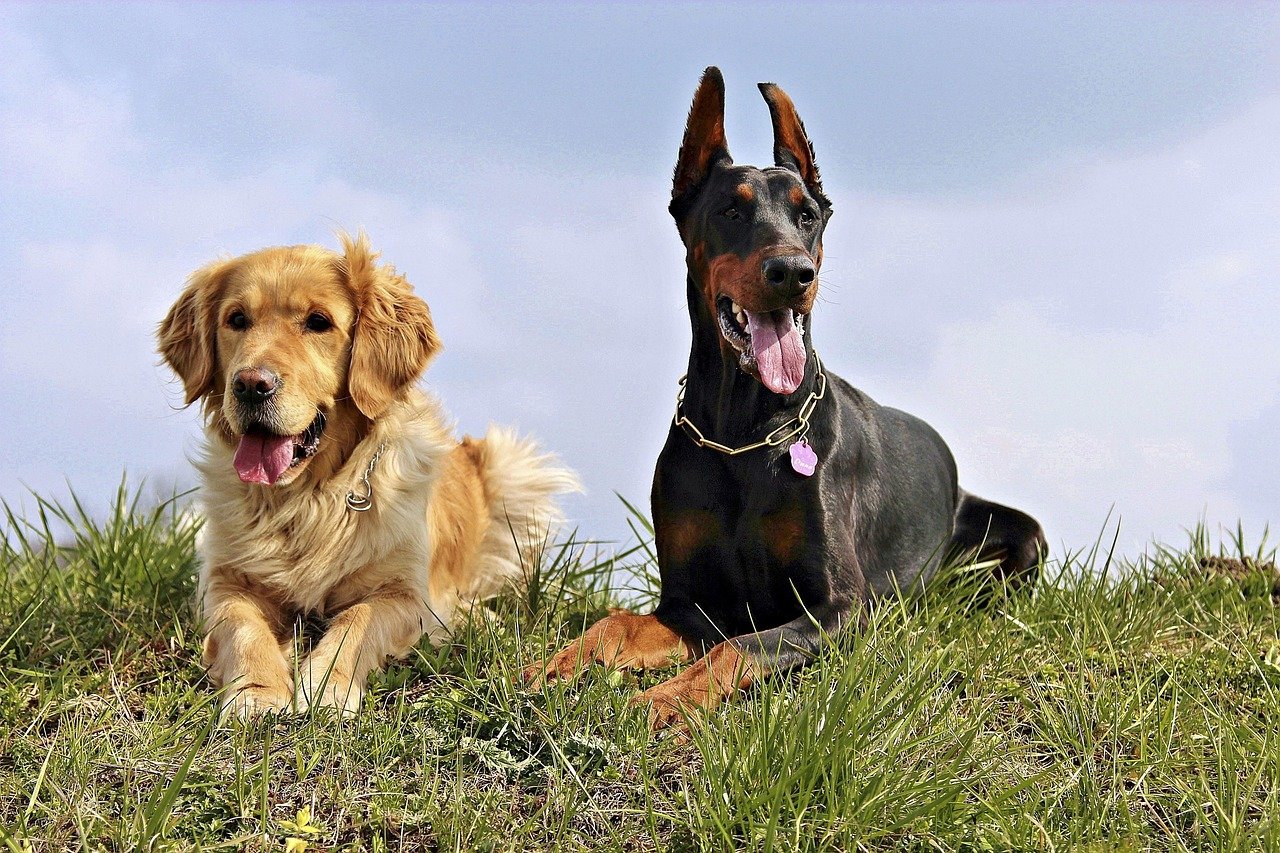
Despite their tough exterior, Dobermans can be incredibly gentle and affectionate with their families. They are often described as “velcro dogs,” craving close contact and attention. With children, a well-trained Doberman can become a patient and watchful companion, always ready to step in if needed. Inside the home, their protective instincts often manifest as calm vigilance rather than overt aggression. They’re the kind of dog who will quietly patrol the yard or nap by your feet, always keeping one eye open. For many families, a Doberman adds not just security, but a deep sense of emotional comfort.
Strangers and New Situations: The Doberman’s Judgement Call
Dobermans are naturally wary of strangers, but not all react the same way. Their response depends on their owner’s cues and their own life experiences. A well-socialized Doberman will usually take a few moments to assess a newcomer before deciding how to react. They’re not quick to trust, but they’re not quick to judge unfairly either. Proper introductions and positive experiences can help Dobermans learn to accept new people. However, their protective side means they’ll never fully let their guard down when they sense uncertainty. This ability to judge situations carefully is what sets Dobermans apart from more impulsive breeds.
Protective, Not Aggressive: Clearing Up Misconceptions
The Doberman’s reputation for being “dangerous” is largely unfounded. In reality, a well-bred and well-trained Doberman is controlled, thoughtful, and highly responsive to their owner’s wishes. Aggression is not their default setting; protection is. They prefer to warn rather than attack, and most incidents stem from poor training, fear, or mistreatment. Dobermans thrive in homes where their intelligence is respected and their instincts are guided, not suppressed. When understood and managed properly, their protective behavior is a testament to their brilliance—not a cause for fear.
Channeling the Energy: Activities That Satisfy a Doberman’s Instincts
Dobermans are more than just watchdogs—they’re athletes, thinkers, and companions. Providing outlets for their energy and intelligence is essential. Many Doberman owners find success in agility training, obedience competitions, or even search-and-rescue work. Activities that challenge their minds and bodies help keep their protective instincts balanced. Simple games like hide-and-seek or advanced obedience drills can go a long way in satisfying their need to work. A busy Doberman is a happy Doberman, and a happy Doberman is a fantastic protector and family member.
When to Seek Help: Signs of Problematic Behavior
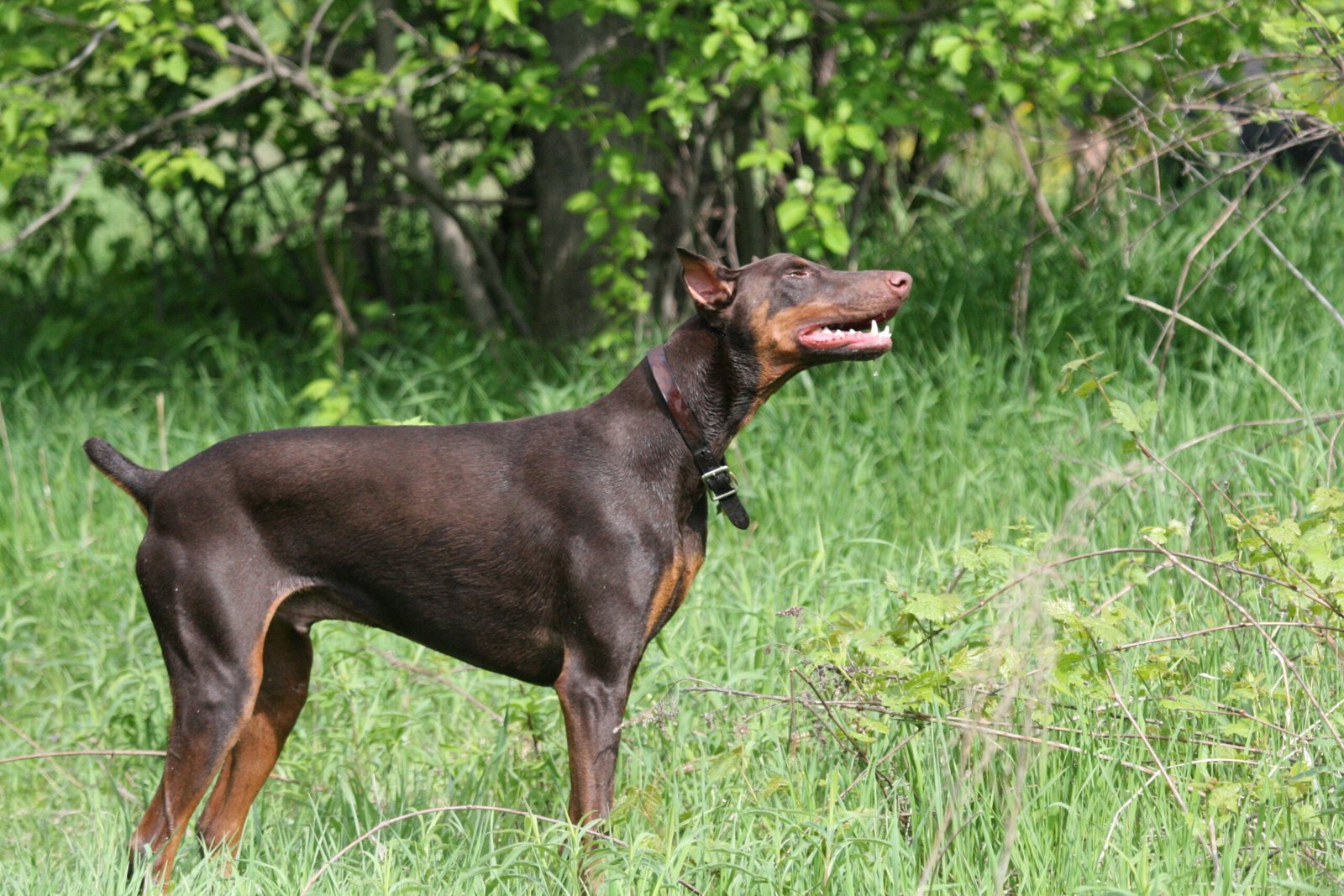
Sometimes, a Doberman’s protective instincts can tip into problematic territory. Signs like excessive barking, snapping, or fearful aggression shouldn’t be ignored. These behaviors can often be traced back to anxiety, lack of socialization, or confusion about their role in the family. It’s important for owners to recognize the difference between healthy protectiveness and problematic aggression. When in doubt, working with a professional dog trainer or behaviorist can make a world of difference. Early intervention helps Dobermans feel secure and confident, ensuring they remain loving protectors, not sources of stress.
Building Trust: The Heart of a Doberman’s World
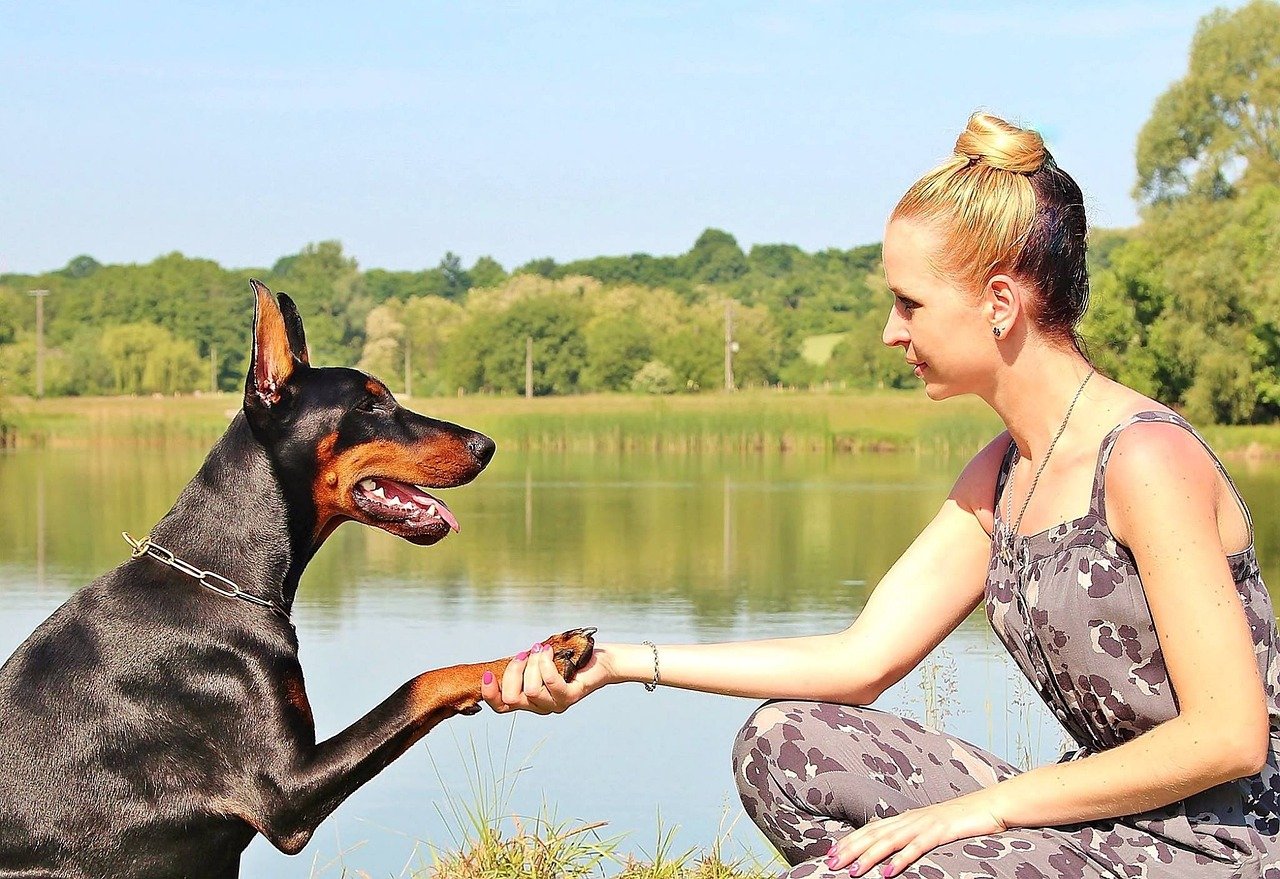
Trust is the glue that binds a Doberman to their family. These dogs are happiest when they know exactly where they stand, and when they can trust their owners to lead with confidence and kindness. Building trust takes time, patience, and consistency. When a Doberman feels secure, their protective instincts shine as a gift rather than a burden. They watch over their loved ones not out of fear, but out of love and devotion. That trust, once earned, is unbreakable—a silent promise between dog and human, forged through every shared moment.
Understanding your Doberman’s protective behavior helps you see just how much they care about you and your family. Their instincts aren’t just about guarding—they’re about love, loyalty, and a deep sense of responsibility. By recognizing their cues and actions, you’ll strengthen the bond between you and your protective pup. So the next time your Dobie steps into guardian mode, know that it’s all part of their devotion to keeping you safe and secure.

Andrew Alpin from India is the Brand Manager of Doggo digest. Andrew is an experienced content specialist and social media manager with a passion for writing. His forte includes health and wellness, Travel, Animals, and Nature. A nature nomad, Andrew is obsessed with mountains and loves high-altitude trekking. He has been on several Himalayan treks in India including the Everest Base Camp in Nepal.

